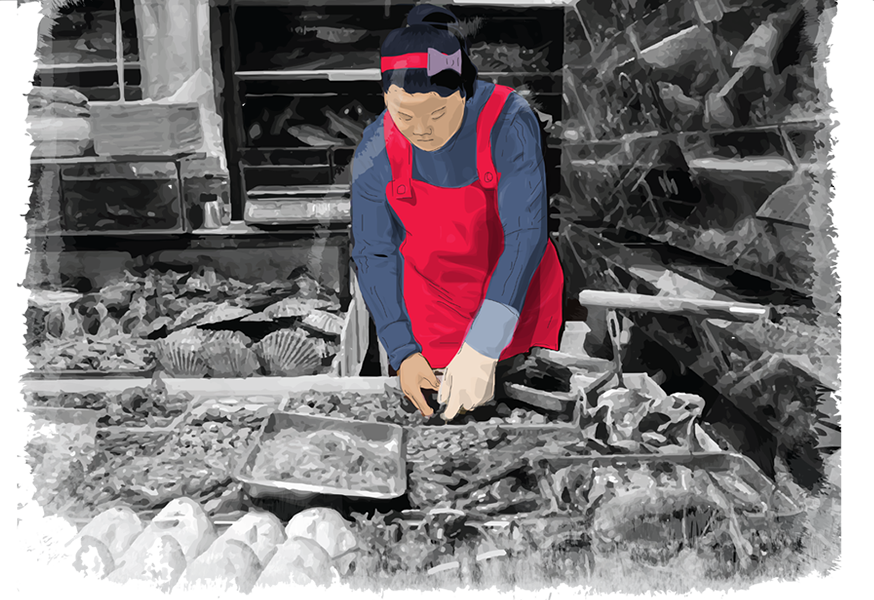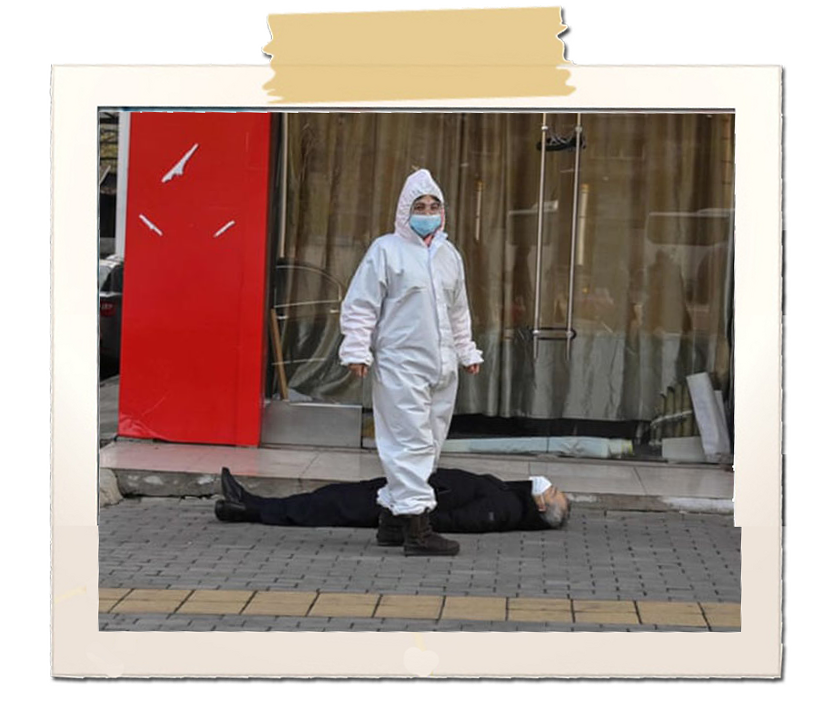What happened in Wuhan

In the early part of the outbreak, chat groups of Chinese doctors in Wuhan, China, became abuzz with a puzzling “SARS-like disease” for which no drug or vaccine worked
It started with “atypical pneumonia”. Doctors saw patients, one after another, with similar dire symptoms.
As their hospital beds were filling with the same cases, the clinicians were stumped: all the therapies and drugs they knew were not working.

AFP
People eating outside a small restaurant in Wuhan, China, in September 2020.
“Day Zero?”
There are conflicting timelines. Based on one, gleaned from hospital records, it was December 1, 2019 when the first onset of symptoms were observed, according to The Lancet.
The medical journal believes, however, the virus first appeared even earlier.
Another research, done by a Harvard team, cited increased hospital traffic. Based on symptom search data in Wuhan, the researchers hypothesised that the coronavirus may have spread in the city from as early as August 2019. “Increased hospital traffic and symptom search data in Wuhan preceded the documented start of the SARS-CoV-2 pandemic in December 2019,” according to the Harvard research. China dismissed this study.

Increased hospital traffic and symptom search data in Wuhan preceded
the documented start of the SARS-CoV-2 pandemic in December 2019"
Harvard research team |
The cause of the infections was unclear, initially.
Later, Chinese scientists linked the patients to a new strain of coronavirus. The Chinese authorities did an extensive testing and contact tracing.
Some of the first symptoms appeared on December 10 — with 24 cases were later discovered to have connection to the seafood market.

AFP
People watching a performance at the Wuhan Maya Beach Water Park, which hosted a massive water park party in August.
Wuhan: The Chicago of China
Wuhan is the capital of Hubei province in China. With a population of over 11 million, it is the largest city in Hubei, the most populous city in central China, the seventh-most populous Chinese city. Wuhan is one of the nine National Central Cities of China.
It lies in the eastern Jianghan Plain, on the confluence of the Yangtze River and its largest tributary, the Han River.
It is a major transport hub, with dozens of railways, roads and expressways passing through the city and connecting to other major cities. Because of its key role in domestic transport, Wuhan is known as convergence point between the nine provinces. It is sometimes referred to as "the Chicago of China".
First death
On January 10, the first death was reported. There were also 41 clinically-confirmed infections caused by the coronavirus.
On January 20, 2020 the first cases outside China was confirmed — in Japan, Korea and Thailand. The next day, the first coronavirus case in the US was confirmed, in Washington state.
That’s viral spread for you in the time of transcontinental travel.
Public health emergency

AFP
Emergency staff check the body of a man who collapsed and died in a street in Wuhan, on January 30, 2020.
On January 30, the WHO declared the outbreak a “public health emergency of international concern”.
A day later, one scene from Wuhan horrified and puzzled the world — in equal measure: A masked man lying dead on the street.
This dead-man-on-the-street was emblematic of what, until then, was a largely unknown pathogen. It became one of the most iconic images of the coronavirus pandemic.
No one dared to help him — for fear of being infected.
It’s foreboding for what it meant for the rest of the world: fear, uncertainty, lockdowns, death.
In the early part of the outbreak, chat groups of Chinese doctors in Wuhan, China, became abuzz with a puzzling “SARS-like disease” for which no drug or vaccine worked.
A ruckus erupted after one of the doctors, Li Wenliang, died of COVID-19. Local authorities initially tried to muzzle local physicians, including Wenliang, who blew the whistle about the illness.